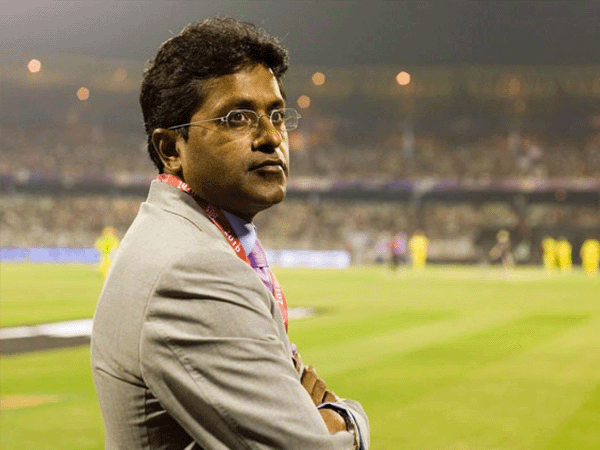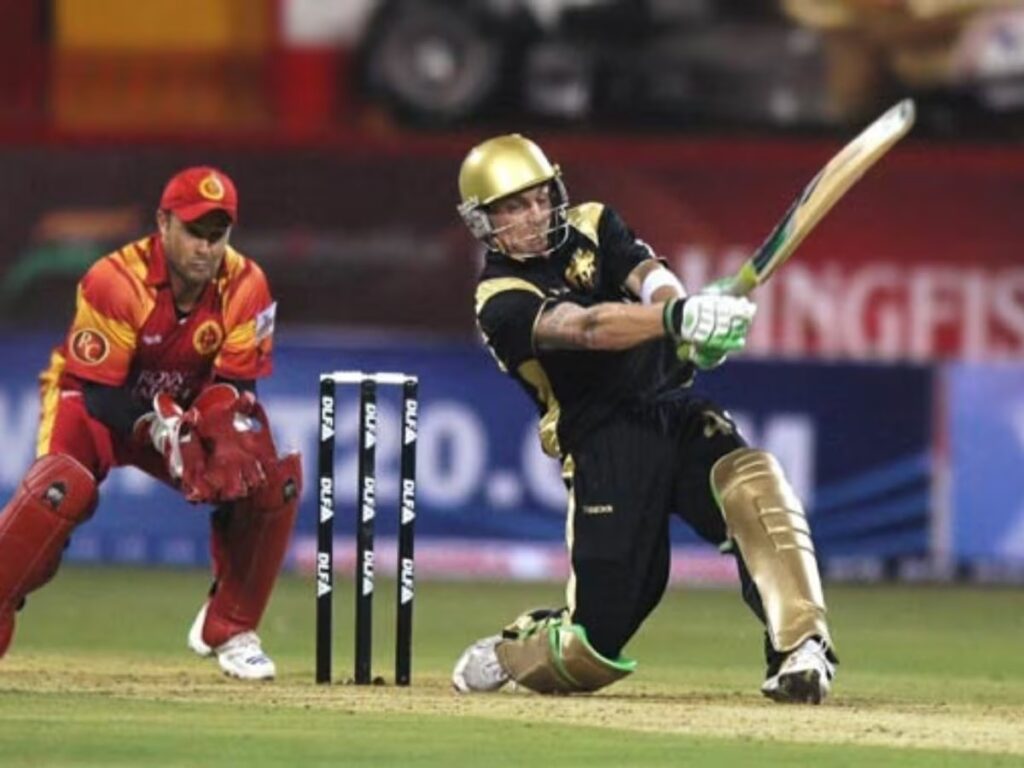Some things, they say, are destined to happen, and India’s victory in the 2007 World T20 in South Africa was one such. More than anything, it was this victory that set the stage for the IPL. It was proof of concept for broadcasters and advertisers alike, that Indians loved the format and would queue up to watch it prime time if it was packaged well.
In fact, when Lalit Modi managed to get a buy-in from BCCI President Sharad Pawar for the league in early September 2007, and walked out of the meeting with 25 million dollars in hand to start player recruitment, little did he know what was waiting for him in South Africa where the World T20 was being held. Rather, with Sachin Tendulkar , Sourav Ganguly and Rahul Dravid withdrawing from the tournament, it was the only World Cup that had been played without the expected fanfare and euphoria back home. In the absence of the nation’s premier stars, fan interest was lukewarm, and few were backing MS Dhoni and his young brigade to do something spectacular.
The IPL, in many ways, was the classic underdog story. Modi wasn’t making much headway with broadcasters, who would stonewall the project saying that Indian fans weren’t going to lap it up. “You could sense a degree of nervous energy in Lalit,” said a leading broadcast professional who had followed things closely back then. “It was as if he was waiting for the one opportunity, but wasn’t really getting it. He wanted to show the world what he could do, but doors were closing on him with India not really backing the T20 format. You could sense something had to give.”
For More IPL Related Content Click Here

Had India done poorly in South Africa, there was very little chance the IPL would have taken off when it did. Nothing succeeds like success, and the moment India beat Pakistan in a bowl-out in the first game of the tournament, a young country sat back and took notice. Here was a format that appealed to the impatient youth. It was cricket of the very highest quality and had more drama than other longer formats put together. And when Yuvraj Singh hit those six sixes off Stuart Broad, the concept got the necessary impetus it so badly needed.
When the victorious Indian team returned to Mumbai, it was pouring cats and dogs. It was a clear case study that the fans backed the concept, as they came out in support of the team braving the rain. More than 10 lakh people lined up on the streets of Mumbai and it took the team nine hours to travel from the airport to the Wankhede Stadium. The journey was an eye-catching one, and the thought that such a spectacle could be enacted for 50 straight days, every evening, every year, was a broadcaster’s delight.
What the IPL got right was the formula. Matches played between city teams on a home-and-away basis, with stars and industrialists owning teams, was a brand new innovation in Indian cricket. And while the first game was a kind of no-contest in the end with Brendon McCullum and KKR destroying RCB, it was his innings of 158 not out that was the loudest statement of what the IPL could be. It was cricket on steroids, with millions lapping it up.
“The first night of IPL changed my life,” McCullum told me.
It also changed Indian cricket. The IPL had arrived.
Also Read: The IPL turns adult – celebrating the league on the eve of its 18th birthday




